A-I-R — the “Artist-in-Residence” program at Fabrika (Moscow) — was launched in 2008, originally designed for international artists.

Space and art studio for participants of the “Artist-in-Residence” program at Fabrika (Moscow). Photo credits: Pic 1. CCI Fabrika. Pic 2. Katya Kraeva
Exposição Abandonamento: Brasil/Rússia, Lucas Gervilla, 2019. Photos courtesy of the artist’s website.
Video Abandonamento: Brasil/Rússia, Single-channel Version, Lucas Gervilla, 2019. Video courtesy of the artist’s website.
Red Stars, Alex Stockburger, UHD video, 68:46 min. color sound, Edition of 5/+1, courtesy of the artist, 2018.
Moscow Cinema Project, Vasilena Gankovska, 2019. Photos courtesy of the artist’s website. The second photo was made by Christina Pestova.
Andrea Seidling. Photo credit: Katya Kraeva, 2021.
A Conversation Between You and Me, Stephanie Rosianu, Moscow, 2018. Photo credit: Christina Pestova.

Kristi Lippire in her studio in Los Angeles. Photo credit: Kia Harlan, 2023

Those works paid tribute to Varvara Stepanova and the entire movement of constructivism, as well as the time she spent researching it in Moscow — that shaped and influenced the recent creative process of Kristi.

Neeka Allsup at Fabrika. Photo credit: Christina Pestova.
Fabrika aims to create a comfortable place for work and creativity, and to become a platform for the presentation of non-profit art projects in support of contemporary artists. Fabrika is home to artist studios, art residencies, music production studios, design and architecture bureaus, theater and animation groups as well as publishing and printing houses.